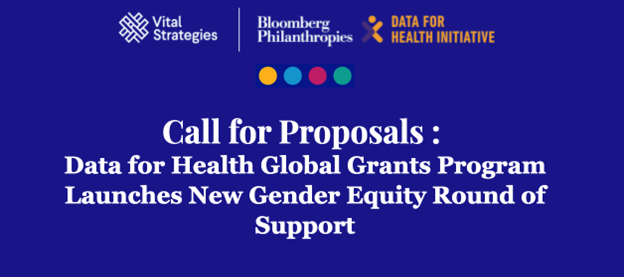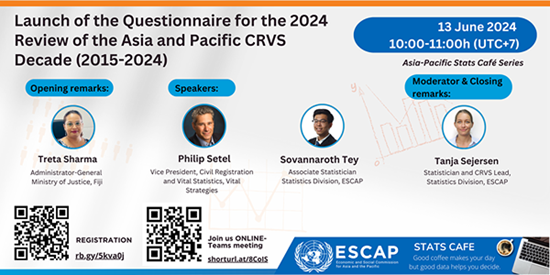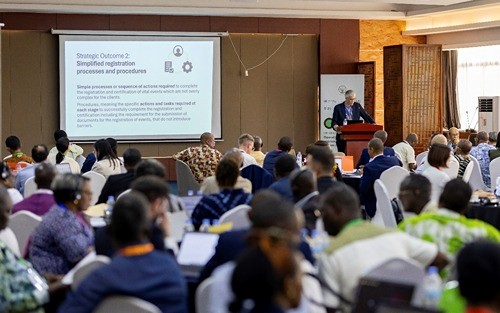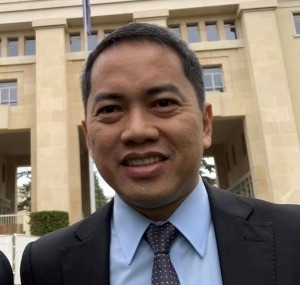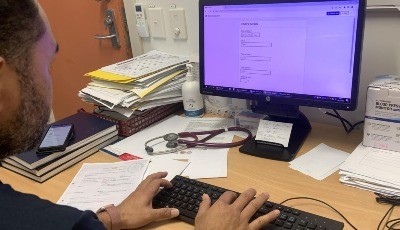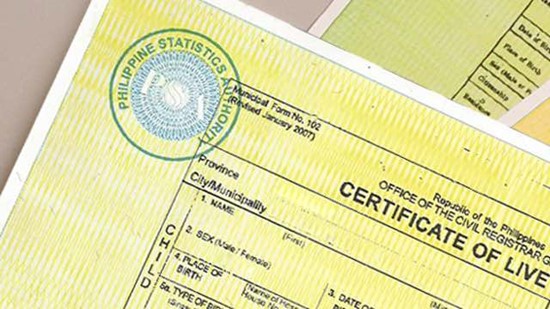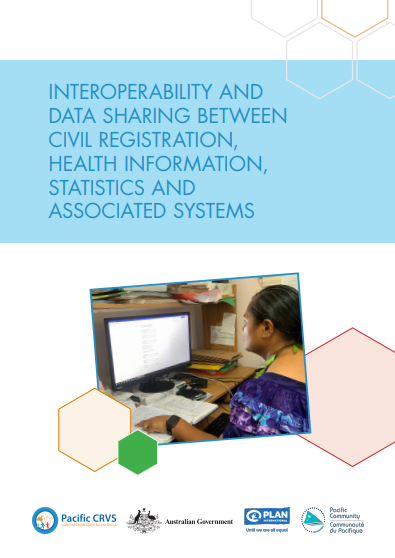(Newsletter: CRVS Insight February 2021)
Each month, our community newsletter puts a spotlight on one person from Asia-Pacific that has gone above and beyond in their efforts to support CRVS programmes, raise awareness of CRVS issues or lead CRVS improvement efforts in their home country. This month we are happy to highlight Mr. Sam Notzon from USA. Sam has recently retired following a long and impressive career dedicated to improving mortality reporting and supporting countries to accelerate sustainable CRVS development. As part of this, he has represented the United States of America on the Regional Steering Group for CRVS in Asia and the Pacific for many years and his contributions have been recognised at the national, regional and global level. We asked Sam to share some particularly memorable experiences from his long career. He gave many interesting examples from Jamaica, US-Mexican border, Morocco, and Russia available below.
Can you please share with us a particular experience which highlighted the importance of CRVS to you?
One of the most memorable – and instructive – CRVS experiences I witnessed took place about 10 years ago, when I visited a local registration office a few kilometers outside of Nairobi, Kenya. When my colleague and I arrived, the office courtyard was filled with at least 100 men – and they didn’t look happy. The Local Registrar explained that the crowd was only 1/5 of the total applicants, as he had assigned one day of the week to each section of the district – “To reduce the crowd to a manageable number” he said. He explained that the Ministry of Education was having a problem with students hiring replacements to take their final high school exams. To deal with this, the Ministry began requiring each student to produce their birth certificate before they were allowed to sit for their final exams. The men in the courtyard were the fathers of students in their last year of high school, which meant the parents had put off birth registration by 17 or 18 years. But here they were, waiting to obtain a birth certificate for their child because they understood the value of a good education and wanted the best for their child. To me, this experience had two important CRVS lessons:
First, people will be sure to register vital events if they see the value in doing so. They could have registered the birth at the time of birth – the registration office was not far away – but at that time they didn’t understand the importance of registration. The Ministry of Education gave them the incentive to register.
Second, if birth or death certificates are going to be required for certain government services, the CRVS system should provide the best service possible. In this case the local registrar did his best to keep the situation under control (by assigning applicants to a single day of the week). He used all of his secretarial staff to produce certificates (typewritten) as quickly as possible, and put all the remaining staff to work processing the applicants as quickly as possible, and for those who had lost their child’s birth certificate, searching the archives to document prior birth registration;
How have you been involved in CRVS improvements during your impressive career?
I’ve been involved in a variety of CRVS system improvements over my career:
- In Jamaica in 1980, birth and death registration were both nearly complete but certificate service was extremely poor and the production of vital statistics had ceased 10 years earlier. We introduced a basic system to digitize birth and death records, first to create an alphabetic index to improve the production of birth certificates, and second to produce basic statistics on births and deaths;
- In Morocco later in the 1980s, infant and under-5 deaths were high but poorly understood because of a lack of information on causes of death. We established a verbal autopsy survey in one region to obtain cause of death information based on responses from the parents or caregiver of the child;
- We established a health promotion project on both sides of the US-Mexico border, using health measures similar to those in the SDGs. Almost all the data for the health measures came from vital statistics data;
- In the late 1990s and early 2000s, I worked with the Russian Ministry of Health on the comparative analysis of health data – primarily vital statistics – and on improving the training of mortality coders on the use of the ICD for cause of death coding;
- Beginning in 2010, we established the CDC Global CRVS Improvement Program to assist low- and medium-income countries in improving their CRVS systems. In 2015, country projects already developed were incorporated into the Bloomberg Data for Health Initiative, a program designed to assist low-resource countries with improving their health data systems (CRVS, telephone surveys) and utilization of health data;
- I served as co-chair of the WHO Mortality Topic Advisory Group on the development of ICD11 in the early 2010s.
How would you like to see CRVS in Asia and the Pacific develop by the end of the CRVS Decade (2024)?
My hope is for all of the countries in the region to improve their systems from their status at the beginning of the CRVS decade. Depending on the country, the improvement might be an increase in registration completeness or the establishment of periodic vital statistics reports. The improvements should include contributions to the national SDG data system.
What advice would you give to others trying to improve CRVS systems?
Begin with improving civil registration – because there cannot be VS without CR. Remember that registration will improve when individuals are given valid reasons for birth or death registration, while good certificate services will ensure public support for the system. Develop vital statistics from the events registered and make the data available to government decision-makers. Demonstrating to government the value of vital statistics will earn political support and government funding. Ensure a focus on sustainability in all improvement projects undertaken.



